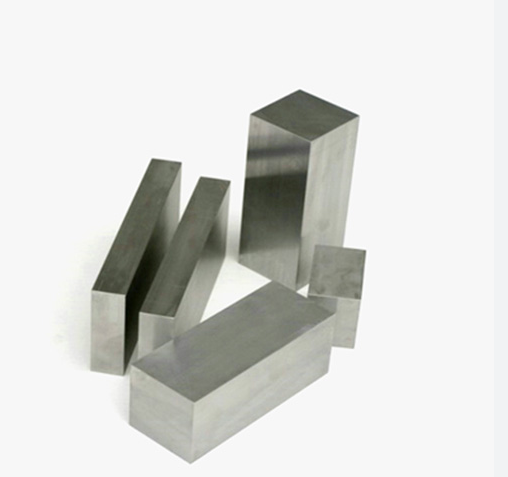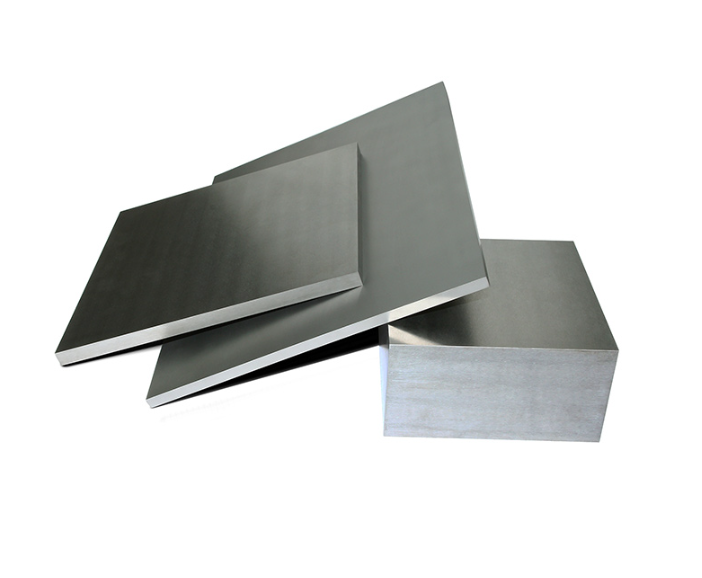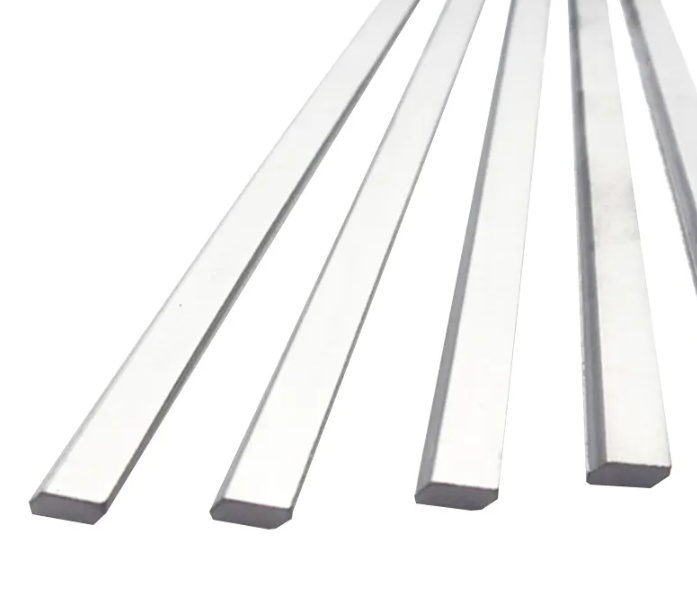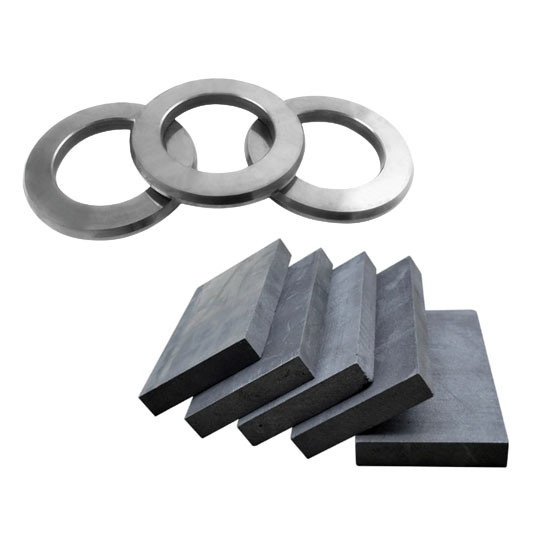What Is Carbide Heat Treatment?
Carbide heat treatment is a specialized thermal process used to enhance the hardness, toughness, and wear resistance of carbide-based materials. This process involves precise heating and controlled cooling to modify the microstructure of carbide composites, such as tungsten carbide (WC) and titanium carbide (TiC).
Carbide materials are widely used in industrial applications where high wear resistance and strength are required. From cutting tools to aerospace components, heat treatment is essential in refining these materials to ensure their durability and optimal performance under extreme conditions. But why is carbide heat treatment so crucial? Let’s dive in.
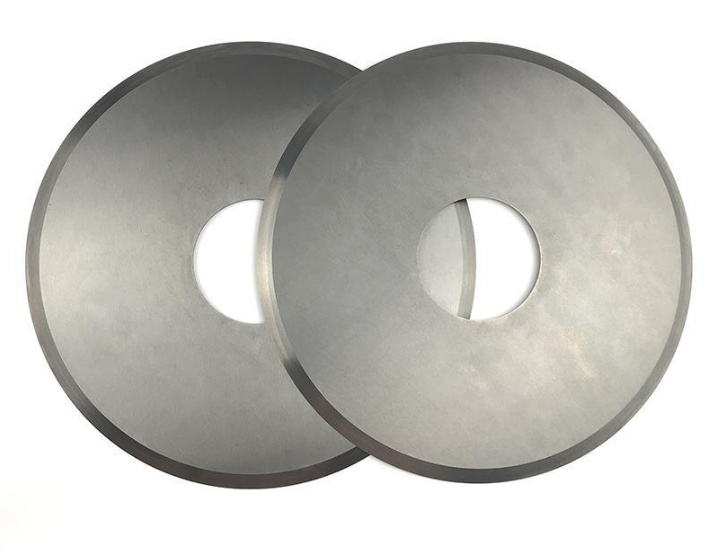
Why Is Carbide Heat Treatment Important?
Imagine using a drill bit that wears out after just a few uses. Frustrating, right? Carbide heat treatment prevents that by improving the hardness and longevity of carbide tools and components. Here’s why it’s important:
- Enhanced Hardness – Proper heat treatment strengthens carbide materials, making them more resistant to wear and deformation.
- Increased Durability – Treated carbides can withstand extreme temperatures and harsh conditions, ideal for aerospace, automotive, and machining applications.
- Improved Cutting Performance – Cutting tools made from heat-treated carbides exhibit better sharpness retention and efficiency.
- Reduced Brittleness – Without proper heat treatment, carbides can be too brittle, leading to premature failure.
Types of Carbide Heat Treatment Processes
1. Sintering
Sintering is a common process where carbide powders are heated below their melting point to bond particles together. This improves density, hardness, and overall mechanical properties.
2. Carburizing
Carburizing introduces carbon into the carbide structure at high temperatures, enhancing surface hardness while maintaining a tough core. Ideal for cutting tools and wear-resistant components.
3. Nitriding
Nitriding infuses nitrogen into the carbide surface, forming hard nitride layers that significantly boost wear and oxidation resistance.
4. Annealing
Annealing is used to relieve internal stresses in carbide materials, improving ductility and reducing brittleness.
5. Quenching and Tempering
This process involves rapid cooling (quenching) followed by reheating (tempering) to refine carbide grain structures for optimal toughness and strength.
6. Plasma Heat Treatment
Plasma heat treatment uses ionized gases to enhance the hardness and surface properties of carbides, often applied in high-precision tooling.
7. Vacuum Heat Treatment
This method removes oxidation risks by performing heat treatment in a vacuum chamber, ensuring maximum purity and strength of carbide materials.
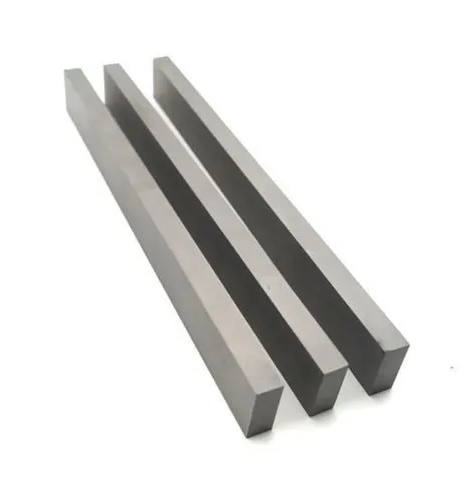
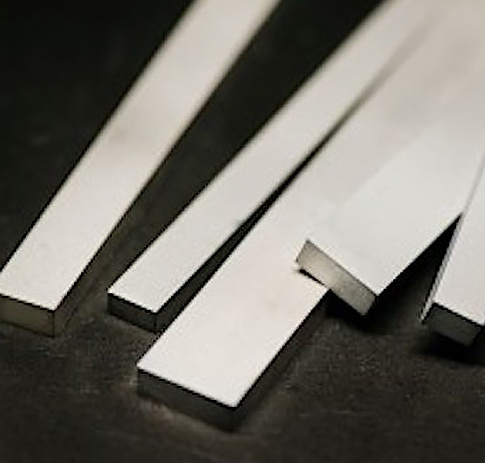
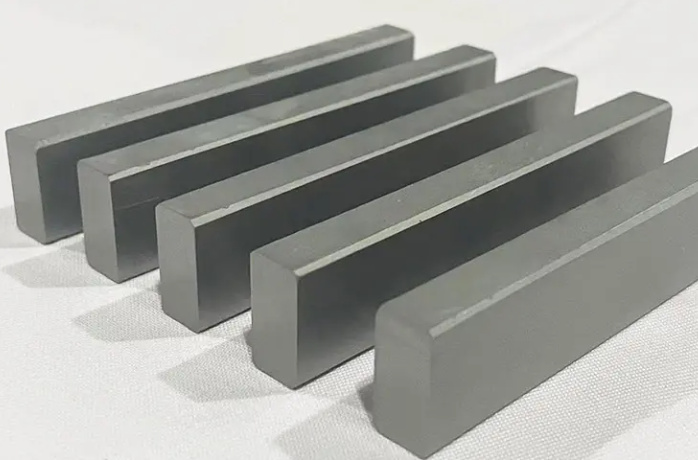
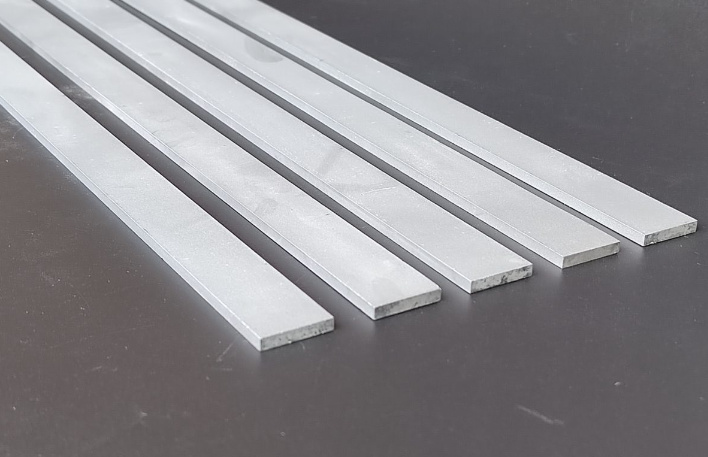
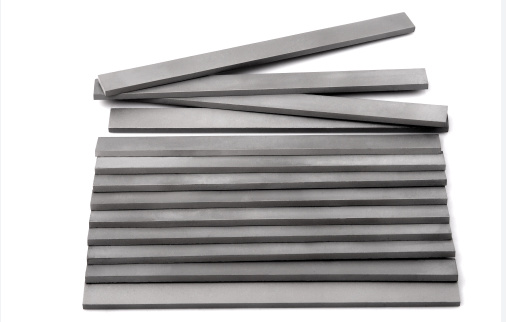
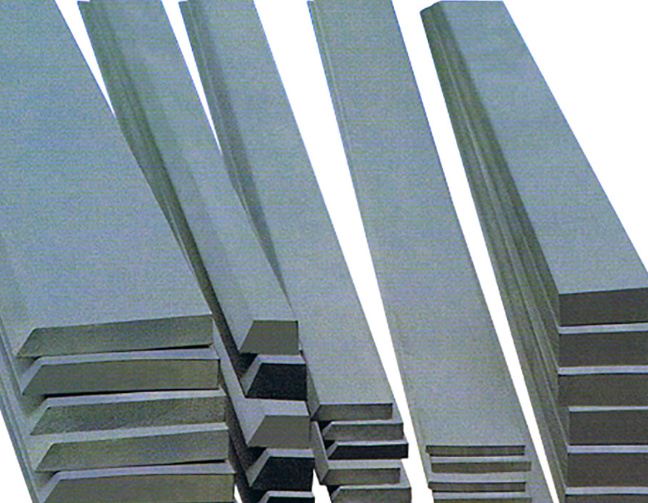
How Carbide Heat Treatment Improves Performance?
| Performance Factor | Benefits of Heat Treatment |
|---|---|
| Hardness | Increases surface hardness significantly |
| Wear Resistance | Reduces wear and tear, enhancing lifespan |
| Toughness | Prevents brittleness and cracking |
| Corrosion Resistance | Improves resistance to oxidation |
| Machinability | Enhances tool sharpness and efficiency |
| Heat Resistance | Withstands extreme operational temperatures |
Common Issues and Solutions in Carbide Heat Treatment
| Issue | Cause | Solution |
|---|---|---|
| Cracking | Rapid cooling | Use controlled quenching |
| Brittleness | Overheating | Optimize heating temperatures |
| Warping | Uneven heat distribution | Use uniform heat application |
| Surface Oxidation | Exposure to air | Perform vacuum heat treatment |
| Reduced Toughness | Improper tempering | Adjust tempering cycles |
How to Choose the Right Carbide Heat Treatment Process?
Choosing the right heat treatment process depends on the application and required material properties. Here’s what to consider:
- Application Requirements – For high-impact tools, tempering and quenching work best. For wear resistance, nitriding is ideal.
- Material Composition – Some carbide powders respond better to certain treatments (e.g., WC for sintering, TiC for nitriding).
- Operating Conditions – Consider factors like temperature exposure, corrosion risk, and mechanical stress.
- Cost Considerations – Vacuum treatments are expensive but prevent oxidation; traditional methods are cost-effective but require careful handling.
Future Trends in Carbide Heat Treatment
The future of carbide heat treatment is evolving with technological advancements. Here’s what’s next:
- AI-Controlled Heat Treatment – Advanced automation and AI optimize heat treatment precision and consistency.
- Nano-Coating Enhancements – Combining nano-coatings with heat treatment improves carbide performance.
- Sustainable Heat Treatment – Eco-friendly processes with reduced energy consumption and emissions are gaining traction.
- Hybrid Processes – Combining techniques like plasma nitriding with vacuum heat treatment enhances both durability and efficiency.
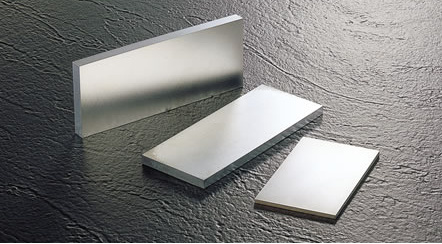
FAQ
| Question | Answer |
|---|---|
| What is the best carbide heat treatment for wear resistance? | Nitriding and carburizing offer superior wear resistance. |
| Can carbide tools be heat-treated at home? | No, specialized equipment is required for precision. |
| How long does carbide heat treatment take? | Depending on the method, it can range from hours to days. |
| Does heat treatment make carbide brittle? | Not if done correctly; proper tempering ensures toughness. |
| Is vacuum heat treatment worth the cost? | Yes, it prevents oxidation and improves carbide purity. |
| Can carbide heat treatment be reversed? | No, once heat-treated, the changes are permanent. |

